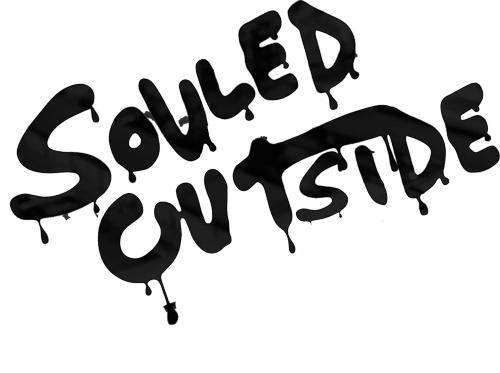“There are vampires. They are real, they are of our time, and they are here, close by, stalking us as we sleep…”- Bram Stoker, Dracula, 1897.
The forest stirred to the sound of banging metal. Whomp. Whomp. Whomp. It was the sound of a branch being hastily slapped against the steel railing framing our climb. Up we went. Over 1,400 stairs we climbed— all to the sound of the ringing whomp. “Bears usually aren’t a problem,” I said. “As long as you don’t sneak up on them.”
As the rising light began to burn the mist off of the mountains, our goal came into sight—the ruined home of Dracula. On this morning, our party of two and a number of bears were the only ones home. The sentries—two mannequins impaled on stakes—glared hollowly as we stepped inside.
In the 1970’s, the Romanian government decided to capitalize on growing western tourism by proclaiming an official Castle Dracula. Perched high atop a rocky outcropping in Transylvania, a 14th-century fortress with an impossing silhouette overlooking the village of Bran seemed perfect. Located more than two hours from Bucarest, the castle was remote. Holding court over a high peak in the Carpathian Mountains, the castle was strategic. And most of all, the castle looked the part.
We were not at that castle.

Castle Bran, Bran Romania.
Nearly 50 years ago, Castle Bran became reborn as Castle Dracula. Today, it hosts some 500,000 visitors each year who come to see the house where Dracula lived. Gift shops sell Dracula t-shirts in its shadow; nearby hotels serve Dracula-inspired dishes (anything with red sauce); and tour buses descend on the village daily.
Castle Bran is now the economic engine for an entire region of Translyvania. However, there’s just one problem—Dracula never lived there. In fact, historians are in agreement that Vlad III Dracula, the probable real-life inspiration for Bram Stoker’s 1897 novel, never set foot inside of Castle Bran.
That means some half a million travelers are visiting this place on a lie.
If you’re looking for the real home of Vlad III Dracula, you’ll need to dig deeper. You’ll need to go up.
On the other side of the towering, 8,000-foot peaks of the Făgăraș Mountains, you’ll find Wallachia, a Romanian region roughly the size of West Virginia. Vlad III Dracula ruled Wallachia three times during his lifetime, and it was there that he earned his well-known monicker: Vlad the Impaler.
The mannequins at the gate left no doubt as to whose castle we were now trespassing in—the weathered stone around us once served as Vlad’s citadel. The 2,200-foot climb below served as his driveway.
It is historical fact that Vlad III Dracula was here, at a site known as Poenari Fortress.

Poenari Fortress, Romania
According to Wallachian legend, the story of its construction goes like this.
In 1448, after repelling an invasion by Hungarians, Vlad III Dracula visited the Wallachian town of Târgoviște. There, he saught to punish local nobles who had supported the invasion in an attempt to overthrow him. The rest is recorded in lore:
“When the day of Easter came and all the townspeople were feasting, the people were at the round. Without any notice, they were surrounded, and the elderly were killed. The entire city was encircled with their bodies, and the young people, along with their wives, were taken to Poenari, where all of them worked to build the fortress until their clothes had been destroyed.”
Nearly six centuries later, the story of their toil sits fading on a weathered sign near the castle’s entrance. It’s one of the few reminders that Poenari Fortress is not completely lost to time.
If Castle Bran is a fairytale; Poenari Fortress is a horror story. Its once-proud towers have been battered by at least four earthquakes since their heyday. As such, much of the castle now lies in the river bottom thousands of feet below. And though you will find a souvenir stand at the foot of the hill, this place doesn’t feel at all like a tourist trap.
It feels like the real deal.
Poenari is too isolated for buses to frequent. It’s too high for lazy tourists to climb to. Broken, its slighted walls are barely visible from the road below.
Of the few visitors who do bother to trek this far into the mountains to see the ruin, even fewer make the arduous journey up to its halls; a tattered Romanian flag and hornet-encrusted ticket counter paint the picture that no people have been here in a while. A fresh bear print near an overturned trash bin indicate that, even still, we are not alone.
And yet, despite its checkered history and the infamous reptuation of its former owner. Despite the skewered bodies manning the front door, and despite the threat of apex predators lurking in the woods, Poenari Fortress now feels at peace. Whatever horrors happened here have long since been reclaimed by the forest. They rest—like the real Dracula’s Castle—on a forgotten hill in a forgotten nation off of the beaten road.

Poenari Fortress is far more remote than Bran Castle.









